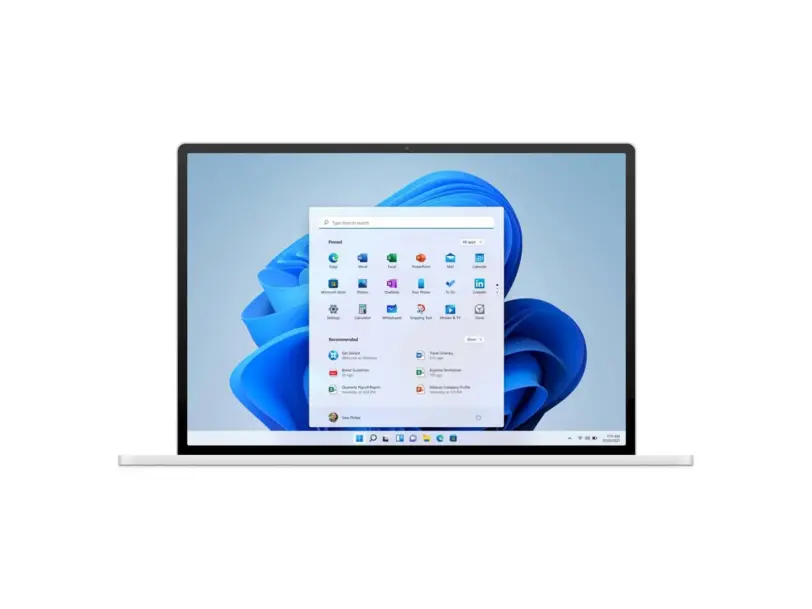How to change default application in Windows

If you’re not a fan of the pre-installed default applications that come with Windows, you can replace them with more powerful and popular alternatives. You can easily change default applications in Windows. We take a broad look at how to associate default applications in Windows 10 and Windows 11 operating systems.
Default application settings are not an innovation specific to Windows 10 and Windows 11, they were located in the Control Panel in previous versions of the operating system. Microsoft has revamped this feature in older operating systems to make it more streamlined, and now we have a much more useful default application settings.
Here’s how to configure which programs open which files, links, and protocols in Windows 10 and Windows 11 operating systems.
Changing default applications
There are different ways to change default applications in Windows operating system. To change the default application setting for a single file type, you can use the “Open With” menu on that file. You can use the Settings app to see all default apps.
1. Change from “Open With” menu
This option is perfect for those who want to quickly associate a default application with the required file type. Of course, it’s not a reliable option for managing multiple file types, but we’ll cover that later. Right-click the file for which you want to change the default application and select Open with > Another application
Now under More options you will see a list of applications that can open the relevant file (click Other applications to see all). Select the required application from the list and check the checkbox next to Always use this application to open (X) files. If you press OK, the selected application is set as the default.
If your program is not listed there, scroll down and click See another app on this PC. This will open File Explorer and you will be able to select the execution file (.exe) of your required application. You can choose the desktop shortcut or the original execution file.
2. Set default apps from the Settings app
The first step to properly configuring your default apps is to enter the Settings app via the Start Menu. In Settings, click on the “Apps” icon and go to “Default Apps” in the left-hand menu.
For the 3 methods described below, you need to access the Windows Default application manager first. To do this, go to Settings > Apps > Default apps.
3. Stock default apps
On the home page of the Default Applications section, you will see several different applications pre-selected to automatically use integrated Windows applications for the six main activities you will encounter while using the operating system.
In the stock configuration, all email links clicked or clicked offline are initiated using the default Windows Mail app, web links are opened in Microsoft’s web browser Edge, photos are routed through the built-in Photo Viewer.
The only commands left to you by default are Calendar links, which can be linked to your email provider or a third-party scheduling app installed at a later date.
While these are the original options you’ll find on a fresh installation of Default Applications, you can always use the following options to customize exactly how Windows handles different requests based on file type, program, or an underlying startup protocol.
4. Choosing a default application by file type
If you scroll down the page in the default applications manager, you can find the option Choose default applications by file type. This is probably the most comprehensive way to change Windows default applications. We have numbered the sections where you can use the next 3 methods in the screenshot below.
When you open it, you’ll see a huge list of all file types supported by Windows. Next to each file is an application you can associate it with. All you have to do is click on the application next to each file type and select the required application.
File types are listed alphabetically, you should have no problem finding the required file type. The only gripe here is that this section doesn’t let you open file types by searching for applications on your PC. You can choose the applications that Windows lists here.
5. Choosing a default application by protocol
It also includes links or URLs from your browser or applications, as well as the option to choose default applications by protocol. I’m not talking about regular website URLs, I’m talking about full protocols dedicated to specific applications. Such as MailTo links that need to be used by an email application, or an FTP URL that has an FTP server installed.
Most of these protocols are dedicated to Microsoft services and only Microsoft applications can handle them, but there are many protocols that third-party applications can handle. If applications are available, they will be listed next to the protocol, you can click on them to select the required application. Again, you can only choose the apps that Windows shows, there is no option to browse the PC.
6. Default setting by application
Finally, if all these new app settings are a bit too much for you, you can also set your default apps by app.
The “Set defaults by application” option, however, is also the most comprehensive method of managing which files will be processed by applications installed on your computer. Here you can see the list of programs available on your machine and the defaults you can choose when you click on them.